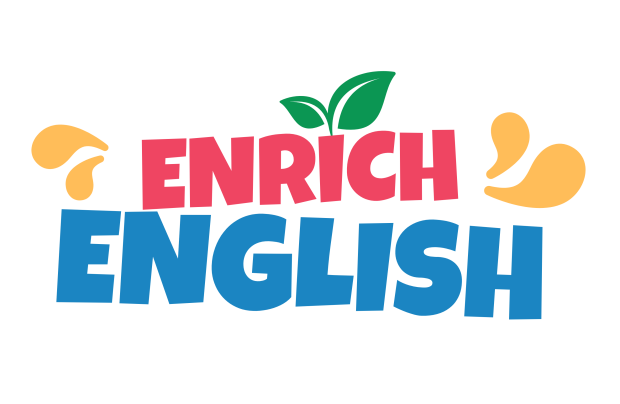City transportation
Learn how to talk about the transportation you use in the city, discuss transportation options in your city, and practice pronunciation with wh-questions.
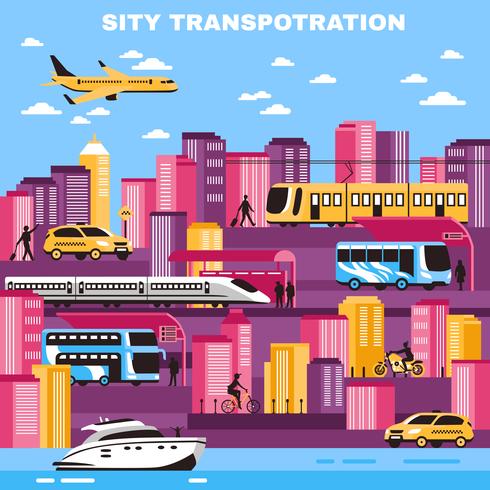
Part 1
Warm-up
Answer the questions
How do you travel to work or school every day?
Do you enjoy using public transportation?
Part 2
Vocabulary
Read the word, its’ meaning, and the examples
Then make up your own sentences using the word.
Student can skip the words they already know.
fare
/fer/
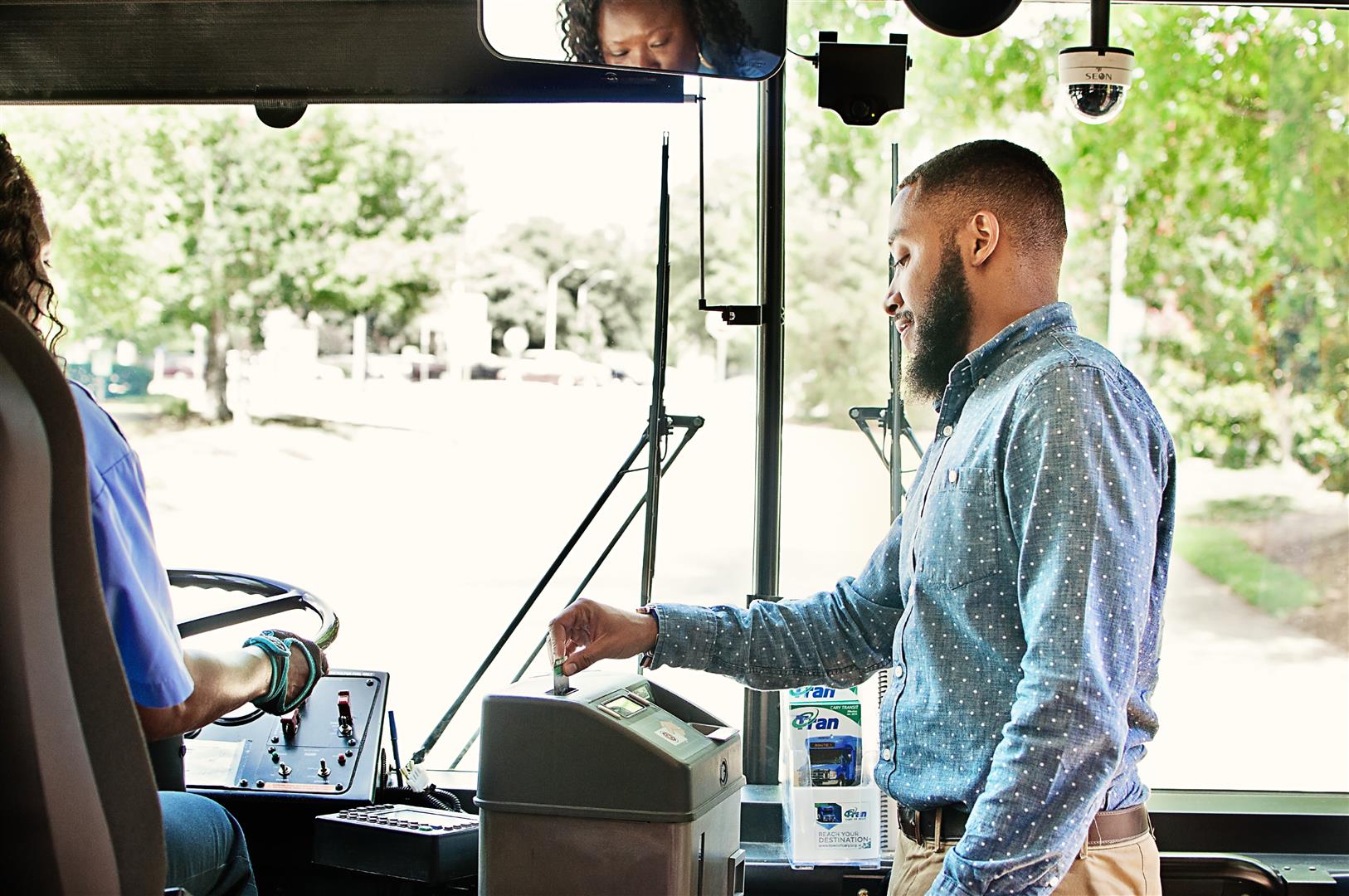
The money you pay to travel by bus, train, etc.
She looked for coins to pay the bus fare.
The taxi driver asked for the fare at the end of the ride.
subway
/ˈsʌbweɪ/
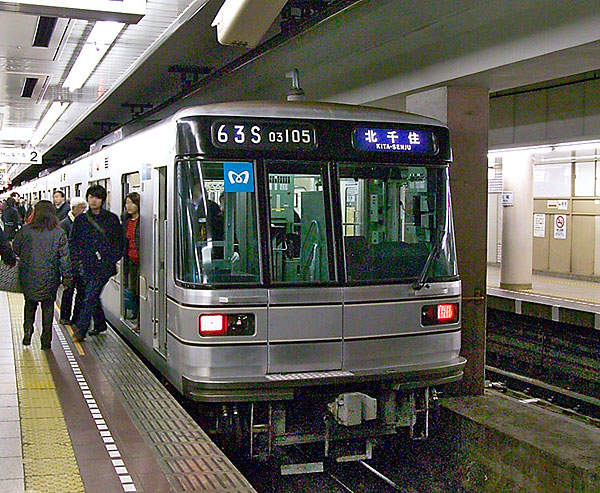
An underground train system in a city
He took the subway to get to work quickly.
The subway was crowded during the morning rush.
reasonable
/ˈriːznəbl/
fair, not too expensive, sensible
The shoes were good quality and reasonably priced.
It's reasonable to ask for help when you need it.
convenient
/kənˈviːniənt/
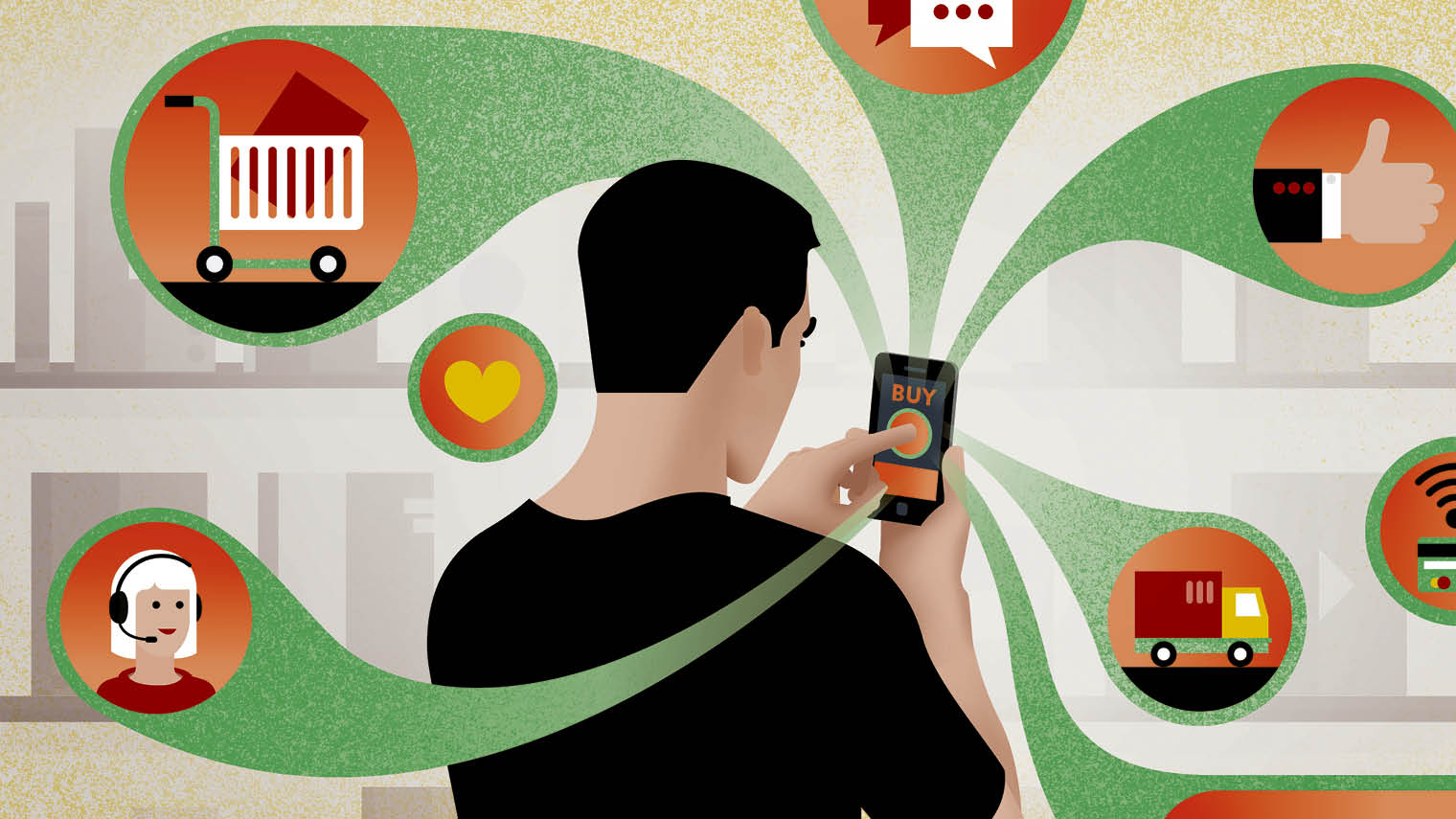
Easy to use, helpful, saving time or effort
The shop next door is very convenient for us.
Online shopping is convenient for busy people.
uncomfortable
/ʌnˈkʌmftəbl/

Not feeling easy or pleasant, causing discomfort
The chairs in the waiting room were uncomfortable.
The room was hot and made me feel uncomfortable.
rush hour
/ˈrʌʃ aʊər/

A time during each day when traffic is at its heaviest because people are traveling to or from work.
The subway is so crowded during rush hour that I can hardly breathe.
Traffic jams during rush hour make my journey home much longer.
Make up your own sentences using the words.
Part 3
Reading comprehension
Read the article and answer questions.
Teacher helps student correct their pronunciation.
Navigating Ho Chi Minh city: from motorbikes to metro
Ho Chi Minh City is full of motorbikes and cars, creating lively traffic. Many people also ride the bus, which is both affordable and convenient. The bus fares are reasonable, making this option popular for daily travel.
The city is excitedly working on the Ben Thanh-Suoi Tien Metro line. While some might call it a subway, it’s called a metro here because it is not under the ground., but it’s essentially the same thing. It’s a big project that will connect more areas of the city.
This new metro will be a great addition to the city’s transportation. It promises to make traveling less uncomfortable, especially during rush hour. With a reliable and efficient metro system, getting around will be easier for everyone.
Check your understanding
What are the main ways people travel in Ho Chi Minh City?
Why do many people like to take the bus in the city?
How will the new metro line help people during busy traffic times?
Sample answer
- The main ways people travel in Ho Chi Minh City are by motorbikes, cars, and buses.
- Many people like to take the bus in the city because it is affordable and convenient.
- The new metro line will help people during busy traffic times by providing a reliable and efficient transportation option, making traveling less uncomfortable during rush hour.
Part 4
Pronunciation
Practice pronunciation
Using falling intonation for Wh- questions
Listening & repeat

Practice more:
- What bus do you take often?
- Where is the nearest subway station?
- When does your train usually arrive?
- Who rides with you to school?
- Why do you prefer the train?
- How long is your daily commute?
Part 5
Discussion
Let’s use the vocabulary you’ve learned during the lesson and talk about the following topics/questions freely!
Teacher helps student expand and correct the answers
What ways can you get around in your city, and which one do you use the most?
Is it cheaper to take public transport or to have your own motorbike/car where you live?
What new tech has made getting around your city better?
How does heavy traffic during busy times change things for you, and what can be done to fix it?
Can remote work and flexible hours be a solution to decreasing traffic congestion?
How does having buses and trains affect the air and nature in cities?
What’s good and what’s not so good about having bikes that anyone can use and leave anywhere in the city?
Do you think walking or cycling could solve traffic issues?
Would you pay more for a faster commute?
Sample answer
- In my city, one can get around using various modes of transportation such as buses, taxis, cars, bicycles, and motorbikes. The method I use the most is the motorbike, as it allows for flexibility and faster navigation through traffic.
- It is cheaper to take public transport in my city. The costs associated with owning and maintaining a motorbike or car, including fuel and parking fees, are significantly higher.
- One of the new technologies that has significantly improved getting around my city is the use of smartphones with Google Maps. This app provides real-time traffic updates, route optimization, and turn-by-turn navigation, making it easier to plan the quickest and most efficient journeys, whether driving, walking, or using public transport.
- Heavy traffic increases travel time and stress. Solutions could include improving public transport, and encouraging flexible work hours to reduce peak congestion.
- Yes, remote work and flexible hours can greatly decrease traffic congestion. These options reduce the number of commuters on the roads during peak hours, leading to smoother traffic flow.
- Buses and trains reduce the number of individual vehicles on the road, which lowers greenhouse gas emissions and air pollution, positively impacting air quality and urban nature.
- Bikes are easy to find and help reduce traffic. However, they can cause clutter because people sometimes leave them in the wrong places.
- Walking and cycling can significantly alleviate traffic issues, especially in densely populated urban areas. They reduce the reliance on cars, thus decreasing congestion and pollution.
- Yes, I would pay more for a faster commute if it significantly reduced my travel time, allowing for more personal or productive time during the day.
Review
Let’s review the lesson with teacher
6 words and phrases in the lesson
Pronounce the Wh- questions
Talk about the city transportation & the transportation you use in the city
See you next lesson
Homework
Let’s choose one of these options for your homework
Write a sentence for each vocabulary today.
Listen this topic: https://youtu.be/ZXtG6a-l2dY
High-Speed Trains (15 mins)
You can listen when you are travelling or when having meals.

